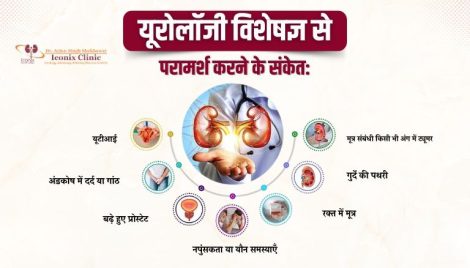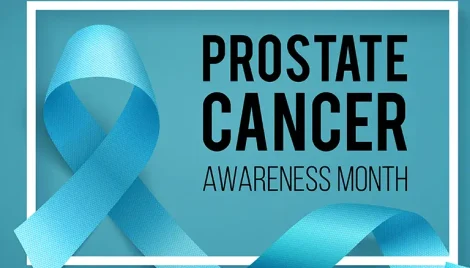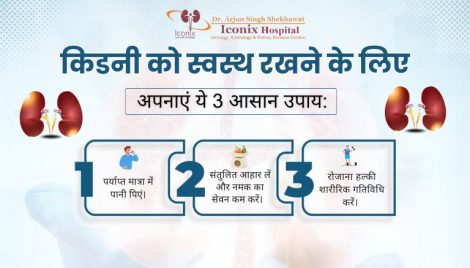
- Home
- About
- Treatments

Bladder Disorders
 September 23, 2025
September 23, 2025 Introduction
Bladder disorders form a broad and frequently encountered spectrum of conditions that affect urinary storage, voiding, and pelvic comfort. They range from common, socially impactful problems such as overactive bladder (OAB) and urinary incontinence to more complex and painful syndromes like interstitial cystitis/bladder pain syndrome (IC/BPS). As a practicing uro-oncology and urology clinician, I’ve seen how these disorders can compromise quality of life, sleep, sexual function, and workplace productivity. This review—intended for clinicians, trainees, and informed patients—covers pathophysiology, clinical presentation, diagnostic approach, evidence-based management strategies, complications, and preventive measures. Where recommendations draw on contemporary guidelines and epidemiology, I cite the primary guideline and review sources.
Epidemiology and public-health importance
Bladder disorders are common across age groups but change in prevalence with age, sex, and comorbidities. Overactive bladder (OAB)—a symptom syndrome defined by urgency with or without urgency urinary incontinence, usually with frequency and nocturia—has an estimated global prevalence around 17–20% in population meta-analyses, with higher rates in women and increasing prevalence with age. Many affected people do not report symptoms or seek care, so true disease burden is higher than clinic-based figures suggest.
Interstitial cystitis/bladder pain syndrome (IC/BPS) is less common but causes disproportionate morbidity due to chronic pelvic pain, urinary frequency, nocturia, and reduced bladder capacity in some patients. IC/BPS is diagnosed by symptom pattern and exclusion of obvious causes such as active infection or malignancy; recent guidelines emphasise a stepped, multimodal approach.
Stress urinary incontinence (SUI), common in women (especially post-partum and post-menopausal), and urinary incontinence following prostate surgery are other important sources of disability. Professional societies (AUA, SUFU, etc.) have produced updated guidance on diagnosis and treatment for many of these entities.
Related Blogs
-
 September 9, 2025
September 9, 2025 -
 September 8, 2025
September 8, 2025 -
 May 21, 2024
May 21, 2024

-
D 9/90-Opposite Swaminarayan mandir gate no-1, Chitrakoot, Vaishali Nagar, Jaipur, Rajasthan 302021.
-
Customer Support
+91 82398 88451 -
Drop Us an Email
info@drarjunsinghshekhawat.com
Quick Links
Treatments
Policies

© 2025 Dr. Arjun Singh Shekhawat, All Rights Reserved.
-


